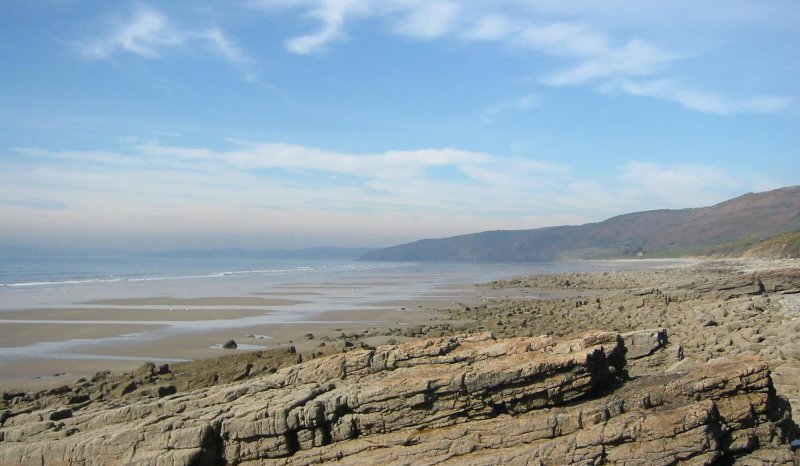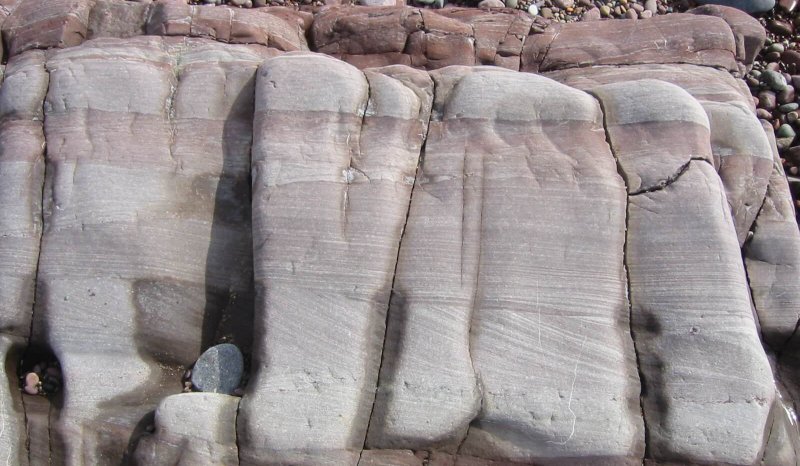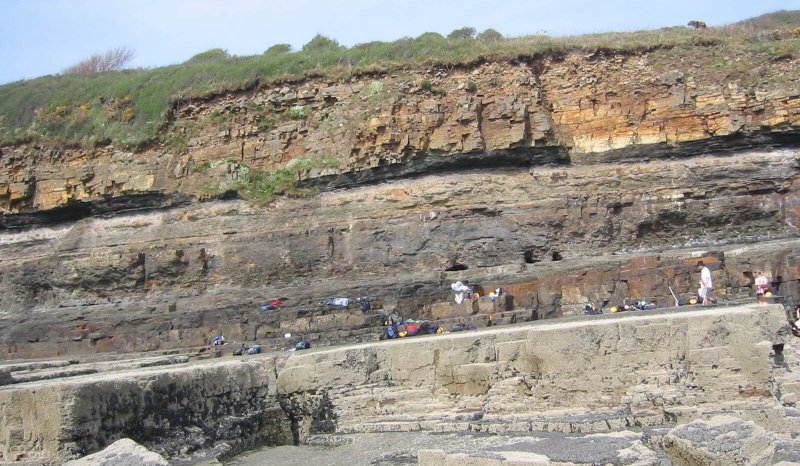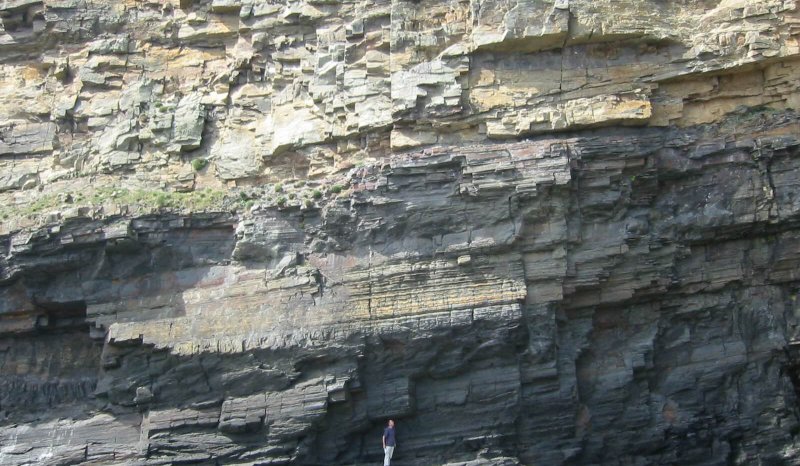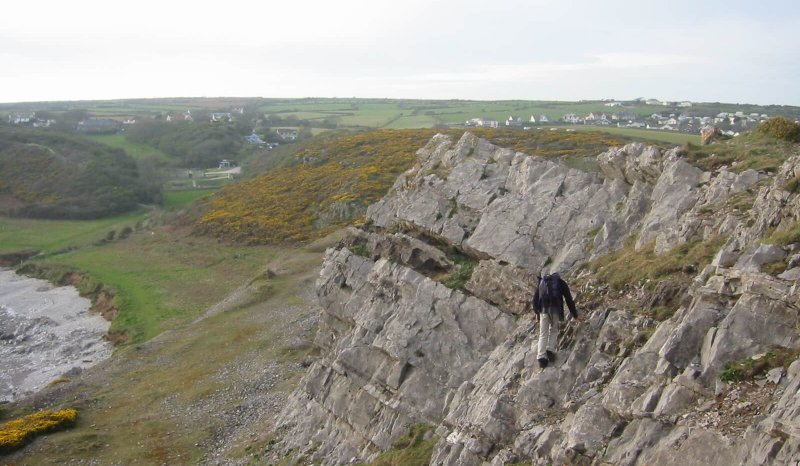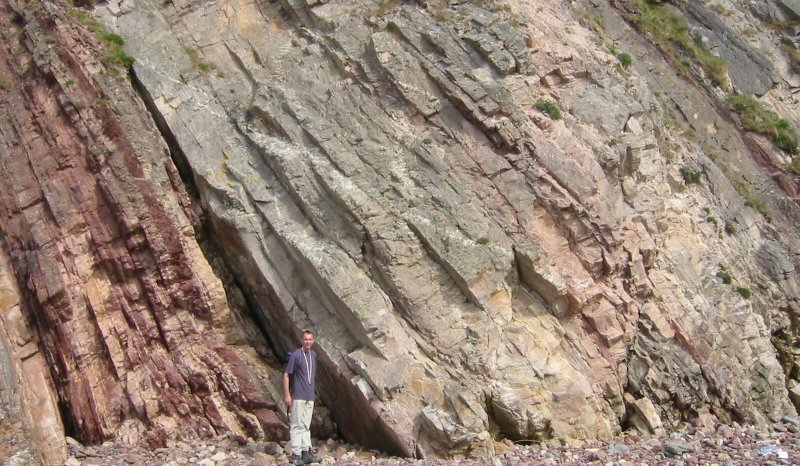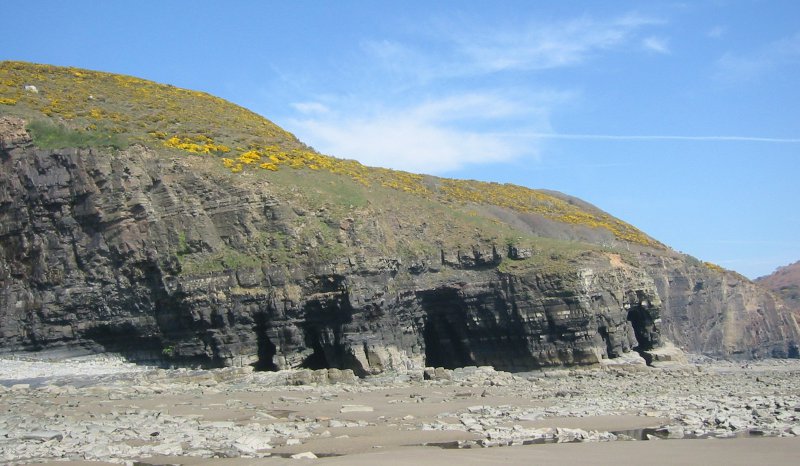Carboniferous Carbonates, South Wales
Field Seminar to examine Carboniferous carbonates and clastics in a series of excellent coastal exposures of Dinantian, Namurian and Wesphalian strata, documenting the change from passive margin to a compressional foreland basin setting.
Objectives
The aims of this field seminar are to:
-
to examine selected features of the Carboniferous sediments in South Wales, a carbonate ramp-to-shelf succession overlain by a series of clastic delta systems
-
to study the sediment packaging at the megasequence (seismic), sequence (outcrop/log) and bedform (FMI/core) scale
-
to examine the relationship between the sedimentary systems and contemporary tectonics
-
to draw analogies with petroleum fairways elsewhere in the world
-
to study modern depositional settings as possible analogues for the Upper Carboniferous
-
the trip will conclude with an underground visit to explore karst systems in Lower Carboniferous limestones and/or the subsurface geology of an Upper Carboniferous coal mine
Who Should Attend
This seminar will be of interest to all geoscientists, especially explorationists who want to gain an understanding of the sedimentary changes that accompany the transition from a passive margin to a foreland basin setting. It is appropriate for geoscientists working on both carbonate and clastic sediments.
Geological Setting
The Carboniferous of South Wales consists of three distinct lithological units that illustrate the change from a passive-margin setting to a compressional foreland-basin setting. The lowermost unit was deposited following a major marine transgression in latest Devonian times, and comprises the Carboniferous Limestone, a succession of Dinantian (Lower Carboniferous) carbonate sediments that evolved from a carbonate ramp to a rimmed shelf morphology.
Compressional tectonics began to affect the area at the end of the Dinantian, with the development of a peripheral bulge to the north of South Wales leading to southward-directed clastic deposition, causing the termination of carbonate deposition and leading to the formation of a drowning unconformity.
Clastic sedimentation continued throughout the Namurian (Upper Carboniferous) with deposition of the second lithological unit, the predominantly deltaic Millstone Grit.
In Westphalian (Upper Carboniferous) times, the continued advance of a mountain belt to the south caused an increase in the subsidence rate of the foreland basin, leading to the deposition of up to 3km of deltaic and coastal plain sediments, the Coal Measures. These were largely sourced from the mountains to the south, and were deposited on an enormous fluvio-deltaic plain which covered much of north-western Europe.
During Late Carboniferous and Permian times the area underwent extensive deformation and uplift accompanying the onset of the Hercynian Orogeny, which led to the formation of a series of large, complex folds and an extensive unconformity. This top-Carboniferous unconformity forms the present-day topographic surface over much of SW Wales.
Course Format
This field workshop encourages participants to consider sedimentation within a regional (exploration) context, and to examine the changes that take place from a bedform scale (FMI/core equivalent) to a megasequence scale (seismic equivalent).
Following a panoramic outline of the regional geology we will study the rocks in stratigraphic order, traversing through time from the lower Dinantian to the lower Westphalian. Excellent exposures allow examination of the sediments at bedform to outcrop scale, providing a detailed overview rarely available to the petroleum geologist.
We will concentrate on the generic aspects of the succession, and how they relate to contemporary tectonics, as well as drawing analogies with petroleum fairways elsewhere in the world. A secondary objective is to study modern depositional settings as possible analogues for the Upper Carboniferous. Participants are provided with a detailed field guide, which presents relevant datasets and a geological overview of the area.
Course Details
-
Duration: 3 days
-
Proposed dates: to be arranged
-
Cost: By quotation, includes instruction, accommodation and a comprehensive field manual.
-
Clothing: Participants should be equipped with stout walking boots and waterproofs. Safety helmets are required at many localities
-
Insurance: Participants should ensure that their employers liability insurance cover (including medical insurance) is in order, particularly for personal accident and loss or damage of equipment, as Oolithica Geoscience Ltd cannot accept responsibility for claims arising from this or any other field seminar.
-
Attendance Limit: minimum 7, maximum 15 participants

